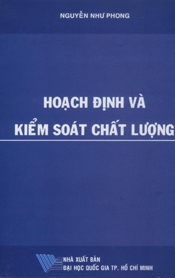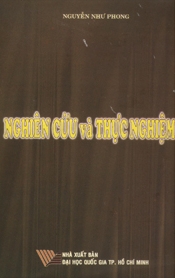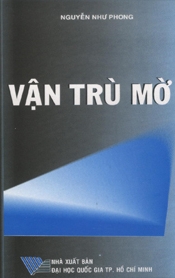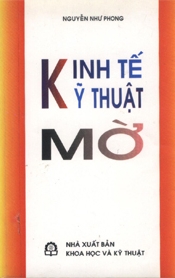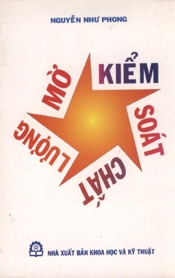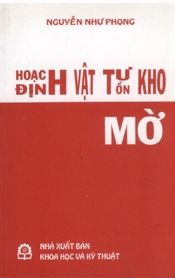
| A Study of Process Variability of the Injection Molding of Plastics Parts Using SPC |
|
A Study of Process Variability of the Injection Molding of Plastics Parts Using SPC
Dr. Rex C Kanu, Ball State University
Dr. Rex Kanu is the coordinator of the manufacturing engineering technology program at Ball State University, where he teaches plastics materials and processing.
QC 27
Abstract
Process variability in the manufacturing of products is a serious concern, which, if left unchecked, could lead to product wastes, low productivity, and poor quality products1. To prevent these unwanted effects from happening, statistical process control (SPC), a statistical tool, is used to monitor and control process variability.
SPC assumes that manufactured products have measureable attributes such as mass, dimensions of the products, mechanical properties, and visual appearance to name a few. These attributes are affected by natural and assignable causes. Natural causes are inherent to the process and may include variables such as ambient temperature, machine vibration, and relative humidity - variables that are often very difficult to control.
Unlike natural causes, assignable causes are controllable and may include items such as bad or worn-out machine components that should be replaced. By monitoring a process, an assignable cause is detected when process variability exceeds the expected range caused by natural causes.
The primary advantage of SPC is that it detects a faulty process, which if corrected, prevents the manufacturing of defective products. This is unlike traditional quality control practice that identifies defective products after they have been produced. The traditional method of quality control leads to a costly manufacturing process.
In a manufacturing engineering technology program, SPC was used to monitor and control the injection molding of plastics parts (since the word “plastic” means deformable, it has been the tradition in the plastics industry to use the word “plastics” to avoid any confusion.
Hence, the phrase, plastics resins or plastics raw materials). Students monitored several injection molding process variables using SPC x-bar and range control charts while producing 300 plastics parts. The mass of the products was used as an attribute representing parts quality.
After analyzing the process data, students were able to determine whether the process was stable, that is, in control. An assessment of students’ learning outcomes showed a 25% improvement in their understanding of SPC when applied to a manufacturing process such as the injection molding plastics parts. |






